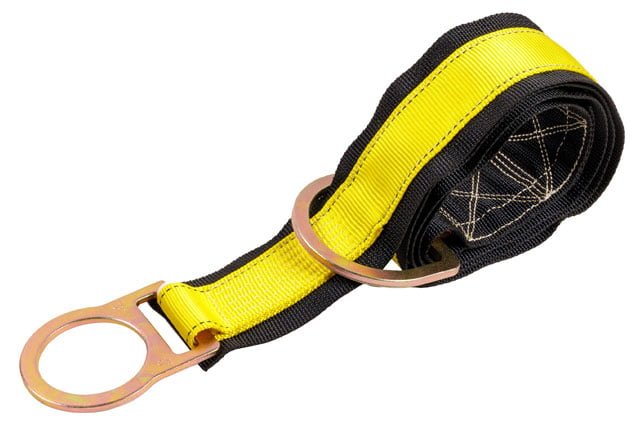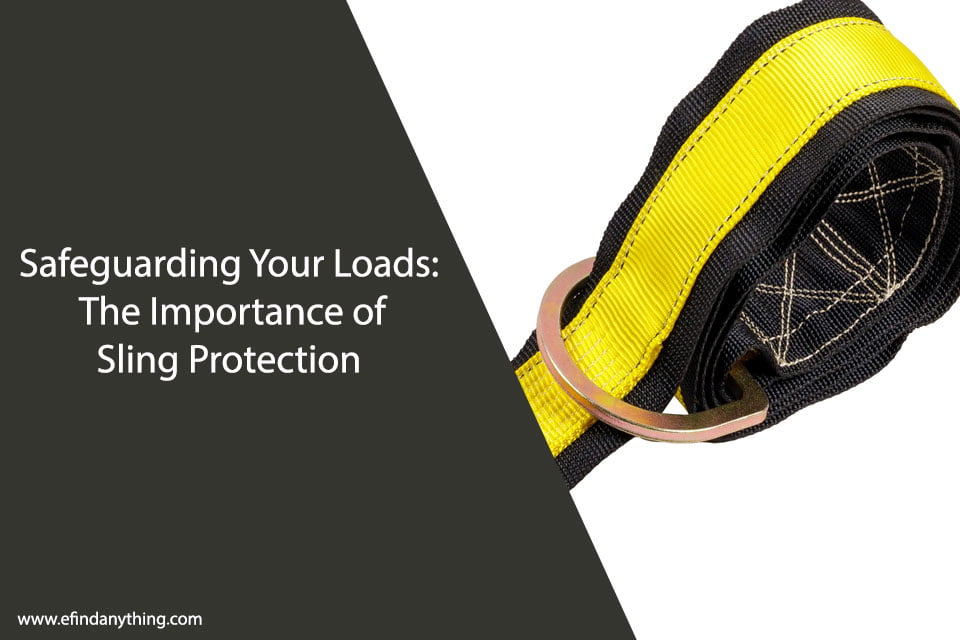In the world of material handling and heavy lifting, safety should always be a paramount concern. Whether you are in the construction industry, manufacturing, or any other field that involves lifting and transporting heavy loads, ensuring the protection of your slings is crucial.
This article delves into the significance of sling protection and explores various ways to safeguard your equipment and, most importantly, your workers.

Table of Contents
Understanding Sling Protection
Sling protection refers to the practice of preserving the integrity and strength of lifting slings used to hoist, secure, or transport heavy loads. Slings are essential tools in various industries, as they provide a means to safely handle materials that would otherwise be impossible or dangerous to move manually.
To ensure the longevity and reliability of slings, protective measures must be taken.
Why Sling Protection Matters
Safety: The primary reason for sling protection is safety. When slings are compromised, it can lead to accidents, injuries, or even fatalities. Protecting slings ensures that they maintain their load-bearing capacity, reducing the risk of accidents and injuries on the worksite.
Cost Efficiency: Proper sling protection extends the lifespan of your equipment. Replacing damaged or worn-out slings can be expensive. By safeguarding your slings, you can avoid unnecessary costs associated with sling replacement and maintenance.
Productivity: Unprotected slings are more susceptible to abrasion, cutting, and environmental factors, which can lead to frequent downtime for repairs or replacements. Sling protection enhances productivity by reducing downtime and keeping operations running smoothly.
Regulatory Compliance: Many industries have strict safety regulations in place. Compliance with these regulations is not only a legal requirement but also essential for maintaining a good reputation and preventing costly fines.
Methods of Sling Protection
Sling Sleeves: Sling sleeves are durable, protective covers made of materials such as nylon or polyester. They slide over the sling, providing an additional layer of protection against abrasion, sharp edges, and UV damage. These sleeves are easy to install and can significantly extend the life of your slings.
Edge Guards: Edge guards are specifically designed to protect slings from sharp edges and corners. They can be used in conjunction with other protective measures to ensure the sling’s integrity when lifting loads with potentially damaging edges.
Padding and Chafing Gear: Padding, such as wear pads and chafing gear, can be placed between the sling and the load to reduce friction and abrasion. This protection prevents premature wear and tear on the sling.
Regular Inspections: Conducting regular inspections of your slings is crucial. Look for signs of wear, damage, or degradation. Promptly replace any slings that show signs of compromise to maintain a safe working environment.
Proper Storage: Storing slings correctly can also extend their lifespan. Keep them in a clean, dry area away from direct sunlight and contaminants. This prevents environmental damage and deterioration.
Conclusion
Sling protection is not an option; it’s a necessity for any industry that relies on heavy lifting and material handling. Prioritizing sling protection enhances safety, saves money, and promotes efficiency.
By implementing protective measures like sling sleeves, edge guards, padding, and regular inspections, you can ensure that your slings remain reliable and safe for years to come. Ultimately, sling protection isn’t just about safeguarding equipment; it’s about safeguarding lives and the success of your business.





